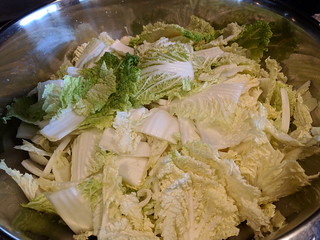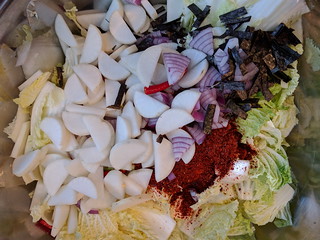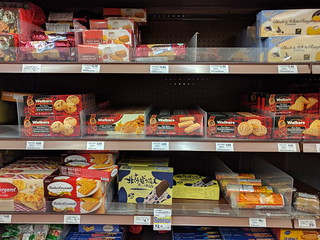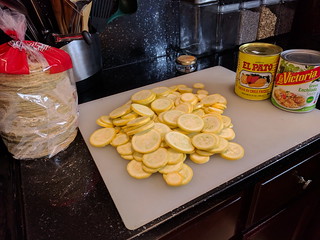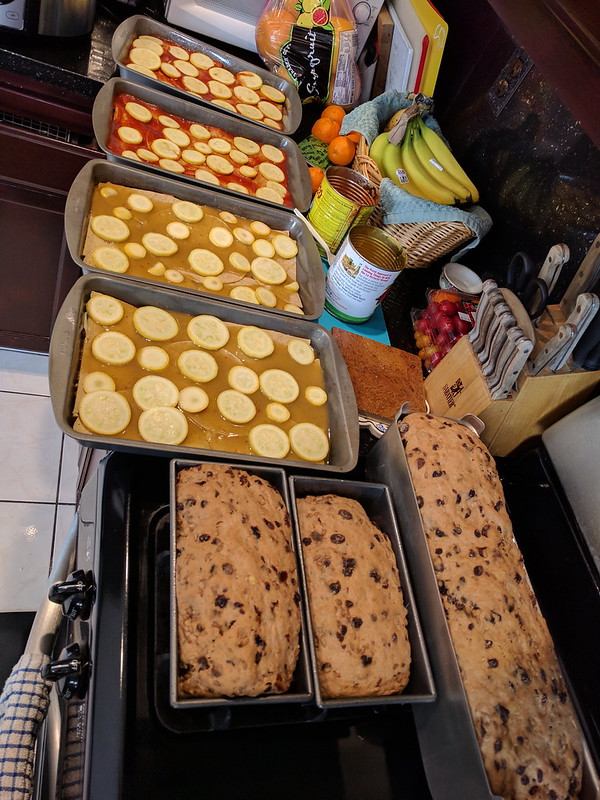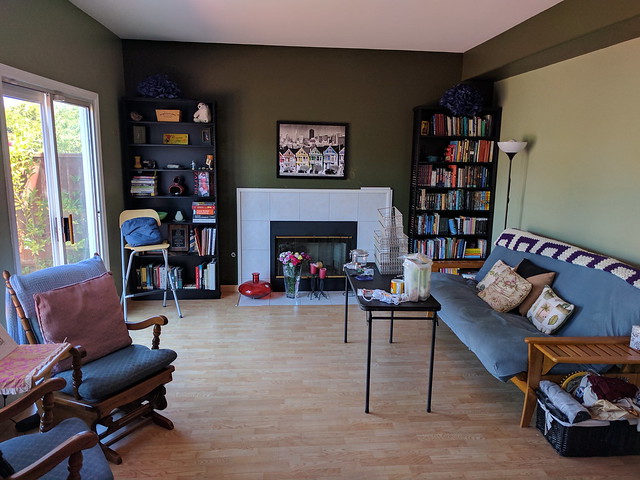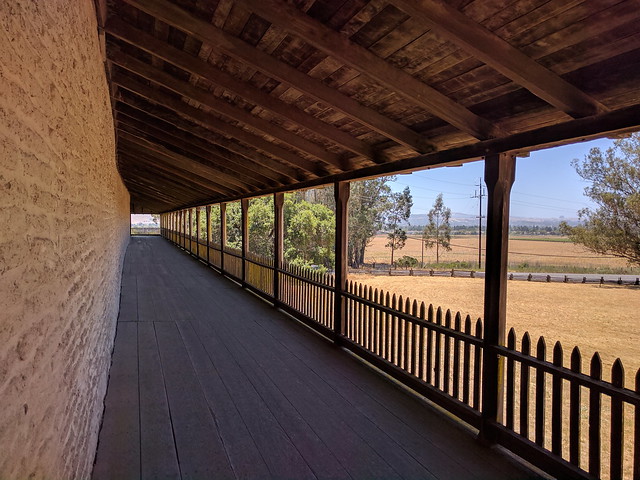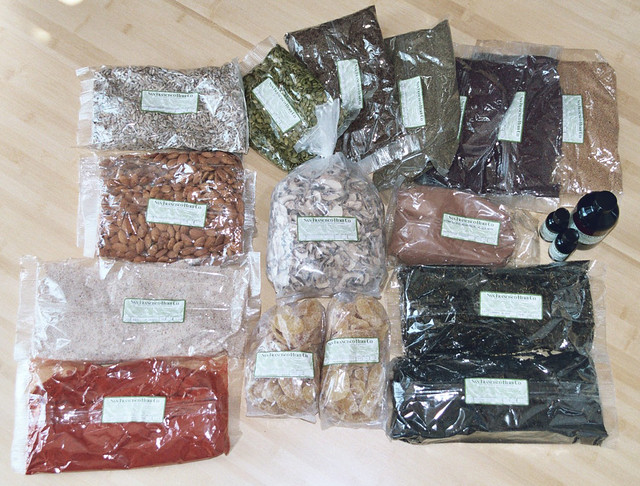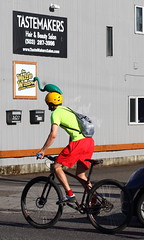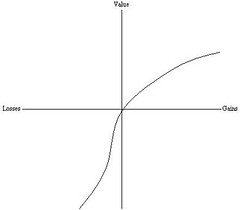Things have been a bit quiet, here at Hobbits. T. has been writing, D. has been continuing his various wee contracts … and also looking for something a bit more than just wee contracts. After much casting about, many false starts (we’re looking at you, Washington State), and lots of places that just weren’t right for whatever reason, D. has taken a position with Revance Therapeutics as “Senior Technical Lead, Enterprise Applications” to start the end of this month.
Which means, The Hobbits are leaving Hobbiton and moving to … well, somewhere not that far outside of The Shire, and not anyplace truly distant, but it’s far enough that we thought Rivendell would be an appropriate name for it. IRL, we’re moving to Newark (no – not New jersey – there’s one right near Silicon Valley). D. will have a 2-minute commute, unless he decides to walk, in which case he might have a 15-minute walk to work – we’ll see whether there’s proper pedestrian access along the way, or if he’ll need to cycle instead.
So, next week, the movers come, and we’re off on another sort-of-adventure!
While things have been quiet here, though, they haven’t been idle

We ran across some fresh turmeric in the grocery store and thought, “hey, we made a South-Asian kind of Sauerkraut once – let’s use this for it!” So, we duly shredded all the things (cabbage, carrots, turmeric) and added all the spices and salt, packed it into the fermentation crock, and waited a few weeks. Then we found out we were moving, so decided to pull it out to taste, and maybe to give away … and, wow, fresh turmeric Takes Over ALL the things. We ended up throwing the whole batch out, it’s so incredibly not-tasty. All we can conclude is that we used about 10 times too much fresh turmeric, and that you don’t really get a feeling for how it penetrates just by tasting it fresh and raw – turmeric was all we could taste, other than maybe a hint of pickle and some salt. Boo.

We also made up a nice wee spice blend, using spices from our local bulk herb company plus some orange peels we’d harvested and dried (peel your orange with a vegetable peeler before peeling it to eat & let the peels dry somewhere). Truly yummy spice blend, though we’ll add a bit more black pepper next time, so our spiced tea (aka chai) is a bit spicier. It’s a great all-purpose blend that we end up mixing into banana bread or zucchini bread – very yummy, and handy to have.

In the past few weeks we had company, so of course broke out the touristy trips. Among other places, we dropped by the Cornerstone Garden Center on our way to visit Sonoma itself – it’s often overlooked (we overlooked it for years) but it’s definitely worth visiting along the way, if only for a wee break. Try it in early spring when everything is gray – even then, beauty. Some imaginative sculpture, a few restaurants, ponds, and of course places to sell you expensive things that you don’t need and would hate yourself for buying (we saw a distressed lawn chair for $450 – not kidding, and that wasn’t a typo, that was four hundred and fifty United States Dollars for a broken-down-looking wooden chair). Aside from the things to trick tourists out of their money, it’s a great place to spend a half hour or so.
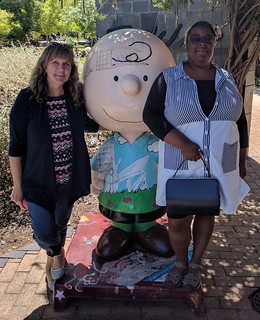
We also made a pilgrimage out to Santa Rosa, to the Charles M. Schulz Museum (a.k.a. the Snoopy Museum). It’s on the smaller size, for museums, but also has a bunch of comics for those who are fans of Snoopy. Definitely worth spending an hour or so, seeing some of the history behind the comics and behind Schulz himself. He was a local resident, there in Santa Rosa, and there’s a fair bit about his life as part of the community. The Empire Ice Arena is across the way with its own mini-museum (Schultz was an avid ice hockey player, and played there for years), and a fab way to pass a sticky summer afternoon is pretending you can figure skate.

Finally, we visited Vallejo’s Petaluma Adobe. For those who don’t know, Vallejo was an early governor of California, when California was still part of Mexico. We’d driven past Petaluma Adobe literally hundreds of times – every time we came from Santa Rosa to the East Bay area, we drove past it. We’d never stopped in, though, and since we were in the area and had read it was a primo state park and once the home of General Vallejo, we figured we should check it out.
The Adobe itself is basically a mud-brick building in the shape of a squared C, with the only doors being on the inside of the C. The entire structure, on the ground floor, is an extended series of workshops, with looms, a saddlery, food storage and preparation, etc. The structure, on the second floor, is a series of living and sleeping quarters. This is basically an outpost, where people would come for a particular purpose (cattle slaughter, meat and hide preparation) for part of the year only. This is the early-California version of a meat-packing plant / factory except that it operated for months at a time and nobody could leave. What must it have smelled like? The park ranger said that the packed dirt floors were described as being “spotless,” so there were a lot of hands making the place work.
Petaluma Adobe is a California State Park and is in need of visitors. If any of you out there are teachers, they also do an overnight environmental living program for fourth-graders.
And now, we must be off to take care of the irritating things like electronics recycling, which have been put off for too long.
-D & T
